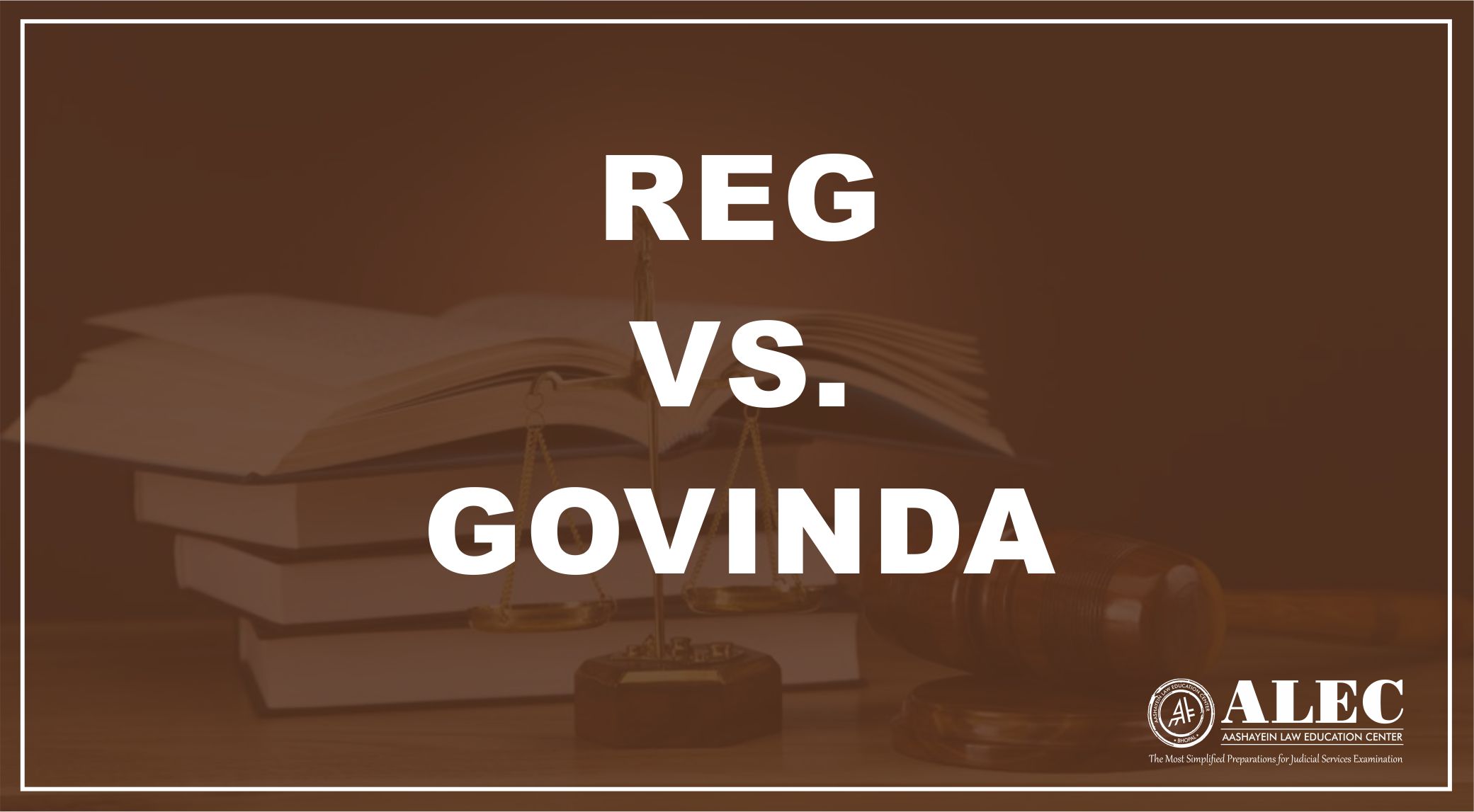Ranjit D. Udeshi
vs.
State of Maharashtra
[1965 AIR 881, 1965 SCR (1) 65]
BENCH- P.B. Gajendragadkar (CJ), M Hidayatullah, K N Wanchoo, J C Shah, N.R.Ayyangar
DATE OF JUDGMENT- 19th August, 1964.
BRIEF FACTS OF THE CASE – the appellant Ranjit who being an owner of a book store along with four other partners were charged under Sec. 292 of the IPC (which penalizes the act of possessing, circulating and selling of obscene material) for possessing and selling off obscene content contained in a book titled, “Lady Chatterley’s Lover” authored by D H Lawrence (the book was recorded to be banned) which was published in 1925. After the appellant and four other partners were convicted by the lower courts and high court, an appeal by way of special leave petition was made in the highest court of the country.
CONTENTIONS RAISED BEFORE THE COURT-
- Sec 292 of the IPC was contended to be violative of Art. 19 (1) (a) of the Indian Constitution which guarantees the right to freedom of speech and expression as a fundamental right and it cannot be considered among one of the restrictions mentioned in clause 2 of Art. 19.
- It was contended that even if the section was validly applied still the book was not of obscene nature if considered as a whole.
- The prosecution will have to prove that the book was sold by the owner, firstly with the sole intention to corrupt the minds of the buyers or the readers and secondly that he had the ‘knowledge’ that the respective book was an obscene one.
- The Hicklin test taken from ‘Queen v Hicklin’ adopted by the courts needs to be modified.
THE HICKLIN TEST AND WHAT WAS ITS NEED?
Since the word ‘obscenity’ was not statutorily defined in India that is why the courts had to employ this test in order to decide the purview of obscenity of any content whether written or a depiction, a work of art, literature, motion picture etc.. Cockburn CJ gave it in Queen v. Hicklin by saying that the test of obscenity is that it is to be seen that whether any matter or content tends to corrupt or pollute someone’s mind, who is likely to be influenced easily by such immorality then it is quite certain that it would make the youngsters both male or female or elder people to develop erotic thoughts of lustful and lewd character.
You can also read the Blog by visiting [Blog]
For more information, visit [Aashayein Enquiry Section]
SECTION 292 OF THE INDIAN PENAL CODE:
This provision considers any:
- Book
- Pamphlet
- Paper
- Writing
- Drawing
- Painting
- Representation
- Figure; or
- Any object, to be deemed to be obscene in nature if it has the tendency to corrupt or deprave a person’s mind or invokes thoughts of lustful character.
THE FINAL VERDICT
The apex court upholding the HC’s decision opined that:
- Sec. 292 does not violate Art. 19 (1) (a) does not fall out of the purview of the restrictions mentioned in clause 2 and it places a reasonable restriction on the freedom of speech and expression. It also opined that obscenity does not hold much value when something is mentioned in a book or represented anywhere which is beneficial for the interest of the society therefore the books like that of medical science which depict pictures and representations of certain kind are not to be considered obscene are they are necessary for the purpose of knowledge and training for the students and not meant for the general public rather than they constitute larger interest of the society.
- The court after applying the Hicklin test declared the particular book mentioned in this case to be of obscene nature within the meaning of Sec. 292 of the IPC.
- The prosecution need not to establish the knowledge of the book owner about the obscene content in the book as sec.292 does not make knowledge of such a thing to be an essential ingredient for the offence to take place. It simply states that if such content is sold or possessed then it is sufficient enough to qualify for the offence.
- The court said that where art and obscenity are mixed the art should be such as to overshadow the portion of obscenity or the obscene content should by so trivial that it can be easily overlooked, but where it has the tendency to influence the mind of the people who are seeing or reading such content then due diligence should be given to our societal norms and culture.
THE CONCLUSION
The test of obscenity saw a paradigm shift as the Indian law replaced it by the ‘COMMUNITY STANDARD TEST’ in 2014 in the case of Aveek Sarkar vs. State of West Bengal after overruling the judgment in Ranjit Udeshi’s case considering that there was a need and demand both of a better and a new interpretation leaving behind the norms and standards laid down by the 19th Century lawmakers, as the society has progressed a lot since then. The new test required the question the content in its entirety rather than taking into consideration only specific questionable parts and coming upto the conclusion that the entire content is obscene. It required questioning the exact context which the content is referring to and the circumstances under which it is put into display or for sale. Mens Rea now has to play a major role before convicting a person of such an offence. It is pertinent to mention that so much of confusion about the standard of obscenity of content or a piece of artistic work has arisen due to negligence existing on the part of the legislature to define ‘obscenity’ in its law. Therefore a major role has been played by the judiciary in interpreting the test from time to time as the definition and meaning of obscenity and morality have witnessed contemporary changes.

